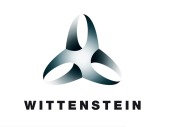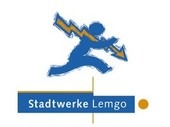Real-Time Powertrain Models of Hybrid Electric Vehicles
Hybrid electric powertrains are developed for reducing the fuel consumption and consequently the emission of carbon dioxide. The fuel consumption of those systems depends significantly on the topology of the powertrain and the applied control strategy. For testing and improving the control strategy in terms of the overall system efficiency, Hardware-in-the-Loop (HIL) simulation can be applied. In order to operate the corresponding electronic control units in a virtual environment, it emulates the behavior of the actuator and sensor signals by a real-time simulation of the powertrain. Developing those powertrain models is a time-consuming task, due to high dynamics and high switching frequencies of the electrical subsystem and due to the large diversity of powertrain configurations. The electrical subsystem comprises the electric motor, inverter and battery whereas the different powertrain configurations are composed of the transmission, the combustion engine, the electric drives, etc.. Additionally, the correct power flow and losses within the powertrains components must be considered when HIL simulation is intended to be used for improving the control strategy.In this contribution a method for modeling arbitrary combinations of clutches and various types of gears is presented which enables an efficient modeling of transmission systems. The obtained models are real-time capable and the correct power flows and losses are considered. The method is applied to a powertrain with a two mode power-split transmission, which is a typical example comprising electric drives as well as shifting clutches. Finally simulation results will be presented.




























































